Passive infrared sensors have been around for years and work well when it comes to occupancy or object detection. They can also sense people or objects in motion, which makes them useful in building automation and security systems. These simple IR sensors, however, have limitations that keep them out of more advanced detection applications.
For example, passive IR sensors cannot sense motionless objects. They cannot accurately detect direction of movement. Nor can they create thermal images. All three of these tasks are essential for the next generation of intelligent automation and security systems as well as digital signage, medical imaging and traffic safety applications.
That’s where Panasonic’s new Grid-EYE sensor comes in. Instead of the single thermal sensing element employed by most passive IR sensors, Grid-EYE uses an array of IR sensors to measure actual temperature as well as temperature gradients within a 60º viewing area. Based on thermopile technology, Grid-EYE’s can simultaneously detect the direction of moving people and objects–up, down, left, right and diagonally. Its coordinated array of sensing elements can even detect multiple people or objects moving in different directions.
At close proximity, Grid-EYE is even capable of detecting hand movements for simple gesture control.
A new architecture for IR sensing.
At the heart of this new passive infrared array is a Thermopile IR detector chip, which consists of 64 thermopile elements arranged in an 8×8 format. A built-in thermistor and ASIC chip round out the electronics.
The integrated circuit performs calculations that allow mapping of temperature data as a thermal image.
The device is packaged in a RF-shielded metal cover with an integrated silicon lens through which the infrared energy passes. It has an I2C digital output for direct connection to a microprocessor.
Grid-EYE has been designed to offer a balance between performance, cost and size. Its motion detection and thermal imaging capabilities approach those of active 3D sensing systems costing several hundreds or more. At the same time, Grid-EYE fits within a compact surface mount (SMD) package.
For a detailed look at Grid-EYE’s technical specifications, including sensing distances and response times, download the technical specifications.
Watch a video about how Grid-EYE works:
Filed Under: SENSORS, TEST & MEASUREMENT

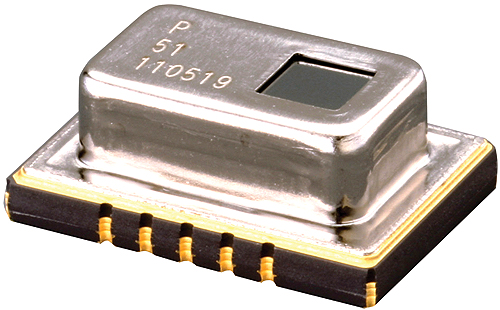
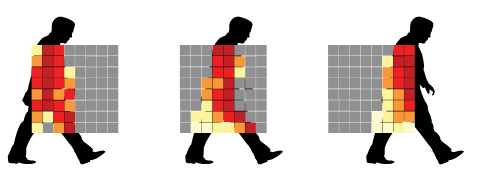
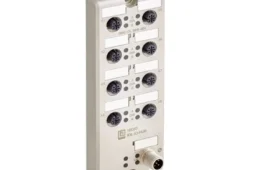
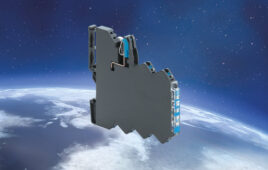
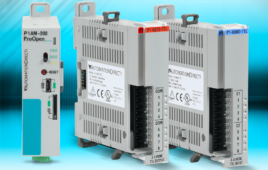
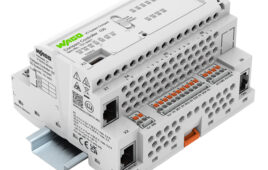
Tell Us What You Think!